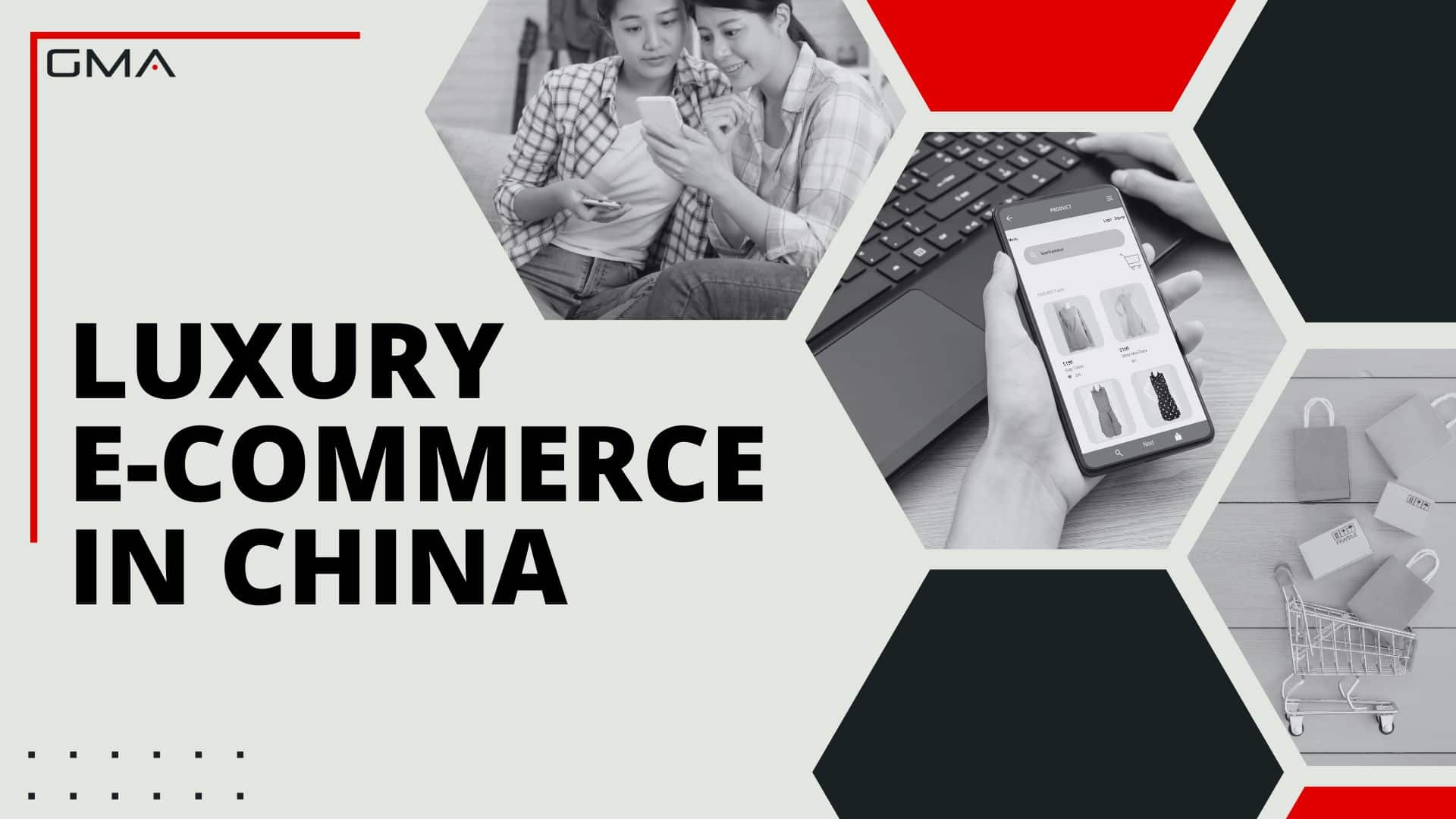China’s luxury market has experienced remarkable growth in recent years, positioning itself as the second-largest personal luxury goods market worldwide in which e-commerce has played a vital role.
As the number one e-commerce market in the world, China offers an enormous opportunity for luxury brands looking to penetrate new markets or expand their presence. However, understanding and navigating Chinese consumer behavior and market trends can be daunting for foreign companies.
In this blog post, we will explore the key elements of luxury e-commerce in Mainland China, from emerging Gen Z consumers to crucial platforms like Alibaba’s Tmall and JD.com.
Key Takeaways
- China’s luxury market is growing rapidly, and e-commerce is playing a vital role in this expansion.
- Understanding the preferences of Gen Z and Millennial consumers in China is essential for luxury brands looking to tap into this burgeoning market segment.
- Tmall and JD.com are two popular choices for luxury brands entering the Chinese market, with Secoo offering a unique opportunity for marketers looking to tap into the high-end retail industry.
- Live-streaming has become a crucial tool for luxury brands to promote their products and engage with Chinese consumers, attracting millions of viewers who tune in to watch retailers, influencers, and celebrities sell their merchandise through online videos.
The Importance Of The E-commerce Channel For Luxury Brands
In today’s digital era, it is vital for luxury brands to embrace e-commerce as a primary channel for enhancing their visibility and sales in the Chinese market. A well-executed online presence allows luxury brands to maintain brand consistency across channels while creating an engaging and seamless customer experience.
For instance, fashion house Gucci has thrived by integrating its unique design aesthetics into its e-commerce store, providing Chinese customers with an exclusive shopping experience that reflects the company’s iconic style.
Moreover, leveraging omnichannel retailing not only ensures growth opportunities but also helps businesses gain valuable insights into consumers’ preferences and behaviors – crucial information when crafting targeted marketing campaigns tailored specifically towards this digitally-savvy audience.
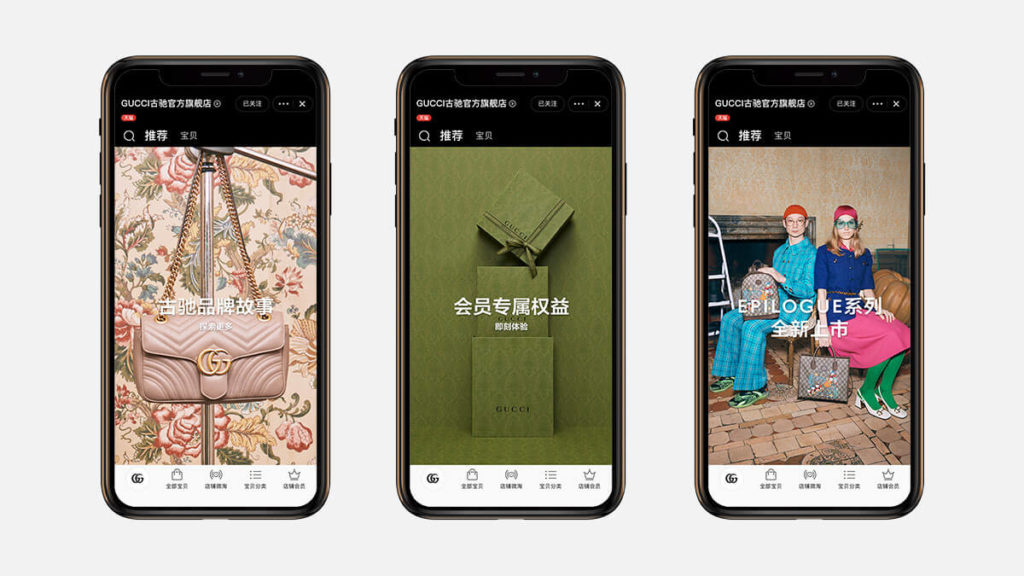
The Chinese Luxury Consumer – Gen Z And Millennial Consumers
As these younger generations continue to gain purchasing power, they are driving growth in high-end retail markets both online and offline.
Interestingly, research from McKinsey shows that these younger demographics tend to be less brand-loyal compared to their predecessors but highly value unique experiences and personalization.
Influenced heavily by social media platforms like WeChat and Weibo, as well as digital influencers or KOLs (Key Opinion Leaders), these emerging consumer groups are shaping trends within the Chinese luxury goods market by seeking out innovative products and prioritizing sustainability practices among other factors.
The most popular figures like Angelababy, Yang Mi, and Tiffany Tang cannot be overstated; these digital influencers are driving trends and shaping purchase decisions for their millions of followers online.
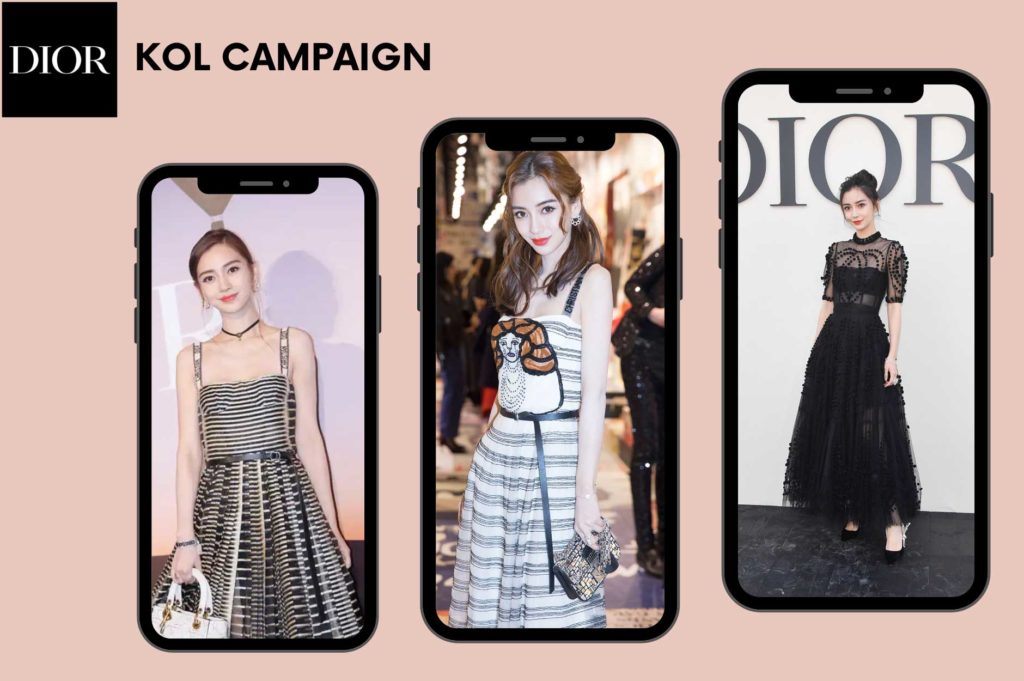
Among the younger generation, especially Gen Z and Millennials, there is a growing appetite for luxury goods. These consumers are changing their preferences rapidly due to increased exposure to international trends on social media platforms.
The rise of digital influencers has played a significant role in shaping luxury consumption patterns. For example, influencer collaborations have helped established many brands like Gucci and Chanel remain relevant among young consumers while gaining loyalty from new followers.
It’s important to embrace these changes by offering personalized experiences through online channels that cater specifically to this budding market segment.
Key E-Commerce Platforms For Luxury Brands In China
Top Chinese E-commerce Platforms
Tmall and JD.com are two popular choices for luxury brands entering China’s market.
Tmall has over 760 million active users with nearly 20% of them spending on luxury goods, making it an ideal platform for high-end consumer goods in China.

Another popular e-commerce platform in China is Secoo, dedicated solely to selling luxury fashion, jewelry, watches, leather goods, and accessories.
Moreover, cross-border eCommerce platforms such as Tmall Global or JD Global could be used by brands looking to sell their product overseas without opening physical locations there themselves- something that’s becoming even more crucial after COVID-19.
Case Studies On These Platforms
High-end fashion brands such as Louis Vuitton and Gucci are already making waves on prominent Chinese e-commerce platforms like Tmall and JD.com. These companies have leveraged targeted advertising, engaging social media campaigns, and localized retail strategies to attract affluent consumers in China.
In addition to these well-established luxury giants, emerging local brands such as Hey Tea and Perfect Diary are also gaining popularity through dynamic digital marketing tactics.
By offering premium products with a strong online shopping experience coupled with brand recognition through loyal customers advocating their luxury products online, they’ve succeeded in winning over younger online luxury consumers aged between 18-34 years of age who become return customers time after time.
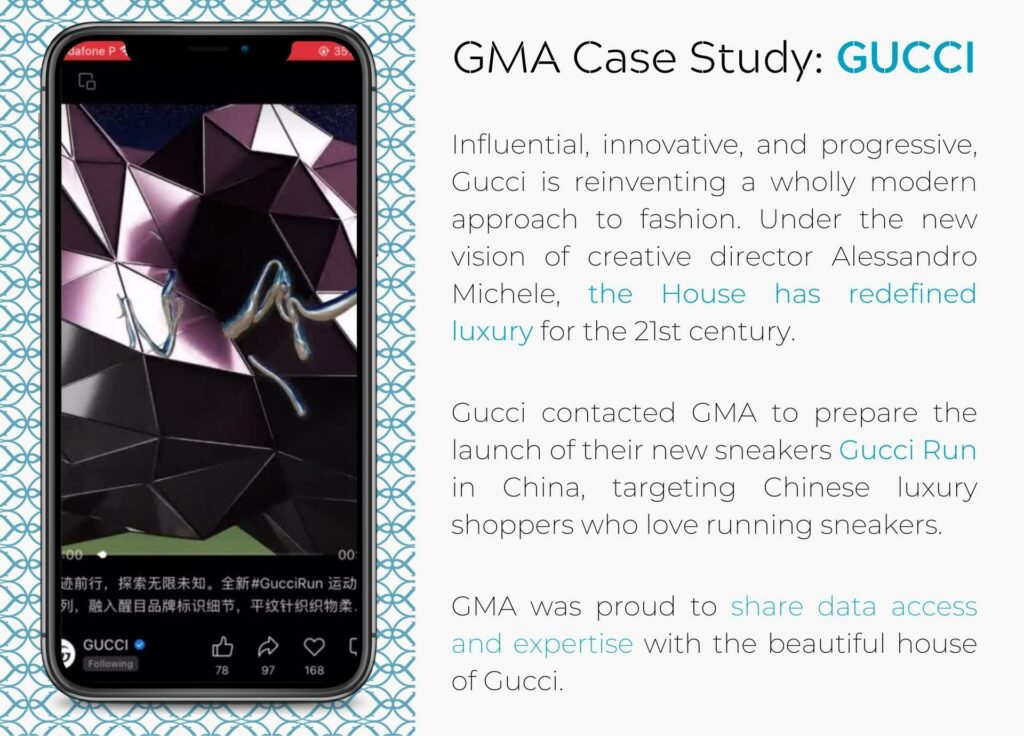
The Role Of Live-streaming In Product Promotion
Live streaming has become a crucial tool for luxury brands to promote their products and engage with Chinese consumers. This new shopping experience has gained significant popularity in China, attracting millions of viewers who tune in to watch retailers, influencers, and celebrities sell their merchandise through online videos.
For example, during Alibaba Group’s Singles Day global shopping festival in 2020, beauty brand Lancôme used live commerce to boost its sales by offering exclusive deals and personalized experiences to its fans.
The brand teamed up with renowned Chinese actress Yang Mi for a live stream event that attracted over 31 million views on Taobao Live alone.

Challenges In China’s Luxury E-Commerce
While China presents numerous opportunities due to its large population and continued growth, it is also home to the world’s largest exporter of counterfeit goods.
High-end fashion labels such as Gucci have gone as far as suing Alibaba for allowing a rampant sale of counterfeits on its platforms. On top of that, there is an increasing number of locally-grown luxury brands attracting consumers with a preference for identity-driven style from traditional consumer giants such as LVMH and Kering SA.
As luxury brands look to expand their e-commerce presence in China, it’s important to understand the regulatory landscape and potential risks involved. One of the biggest challenges is navigating China’s complex regulatory system, which includes strict laws on data privacy and protection.
To minimize these risks, luxury brands need to work closely with legal experts who specialize in Chinese law. This can involve understanding the different licenses required for operating an online store, complying with custom duties and taxes, and adhering to product safety standards, among others.

Adapting To Technological Advances
Luxury brands are constantly looking for new ways to create unique experiences that push the boundaries of what’s possible. That’s where AI, VR, and blockchain come into play.
For instance, VR allows customers to try on clothes or even virtually explore a store before making a purchase. Blockchain technology ensures transparency in the supply chain by allowing consumers to track their purchases from production to delivery.
Meanwhile, AI-powered chatbots can offer personalized recommendations and real-time assistance throughout the customer journey.
How Brands are Integrating Technology in Their Marketing and Sales Strategies
Personalization is key as AI allows brands to analyze consumer data and create a more intimate customer experience. For example, LVMH’s “Aura” program uses AI to collect data on consumer habits and preferences in order to personalize product recommendations and build lasting relationships with customers.
Other brands like Burberry have integrated virtual reality (VR) experiences into their marketing campaigns by allowing consumers to virtually explore flagship stores or try on products before making purchases online.
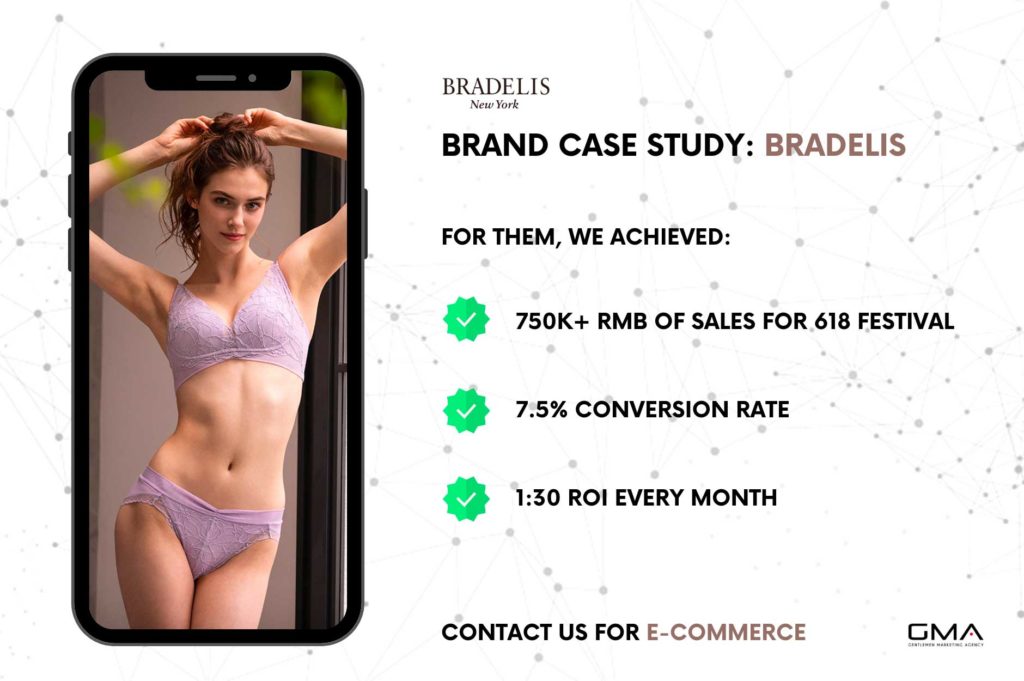
The Future Of Luxury E-Commerce In China
- Cross-border E-commerce: Chinese consumers can purchase high-end products from foreign sellers without leaving their homes, representing a significant opportunity for luxury brands.
- Potential for Innovation and Growth: Brands need to pay attention to emerging trends, consumer behavior, and technological advances to enhance the online shopping experience, such as using VR and AI technologies for personalized recommendations and virtual try-on sessions.
- Expansion Beyond Tier-1 Cities: Lower-tier cities in China have experienced a surge in e-commerce consumption, offering significant growth potential for businesses willing to expand their reach.
- Local Competition and Counterfeit Products: Luxury brands entering the market in China should be prepared to navigate competition from domestic brands with higher bargaining power and address the issue of counterfeit products that could harm their reputation.
- Sustainability and Ethics: Luxury brands are increasingly focused on sustainability and ethical practices to meet the demands of Chinese consumers who seek transparency and authenticity. Prioritizing sustainable sourcing and ethical production can build consumer trust and long-term loyalty.
- Environmental Initiatives: Companies like Burberry and Gucci are taking steps to reduce their carbon footprint and promote environmental sustainability, aligning with the growing concern for eco-consciousness in China.
We Are Here to Help You Sell in China!
Luxury brands aiming to establish or expand their presence in the Chinese e-commerce market must prioritize their strategies to effectively reach and engage with digitally-savvy consumers in the country. This market offers significant opportunities, but it also comes with challenges that need to be addressed.
At our agency, with over 20 years of experience, we understand the intricacies of the Chinese luxury e-commerce landscape.
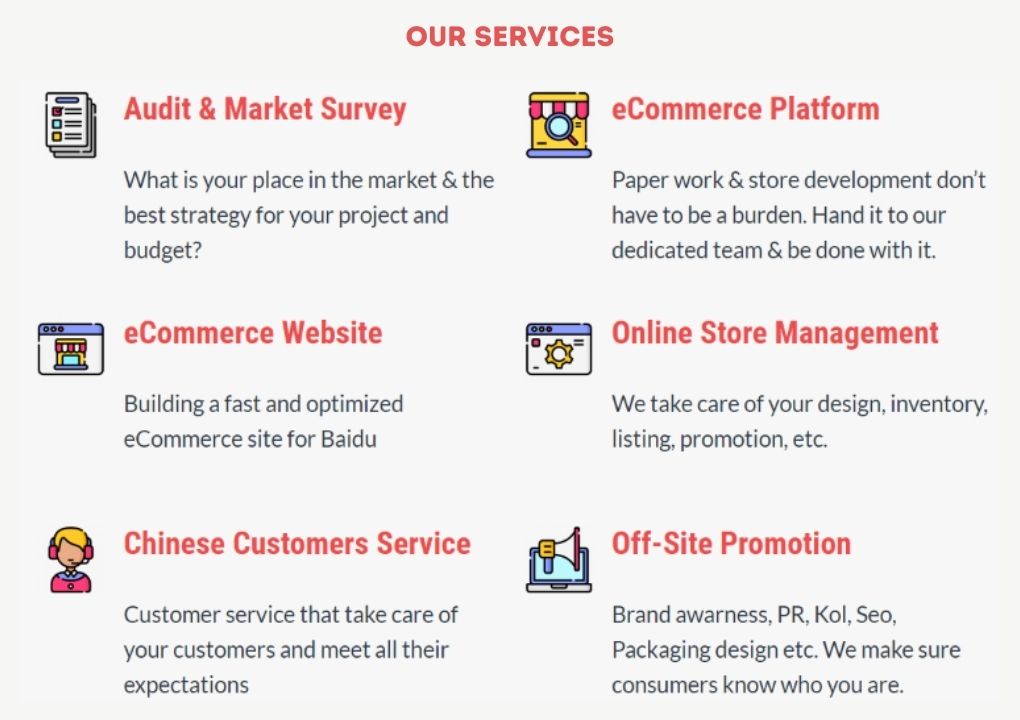
We are here to assist brands every step of the way, providing expertise in navigating regulatory hurdles, staying updated on the latest trends and platforms, and developing personalized experiences to resonate with Chinese consumers.
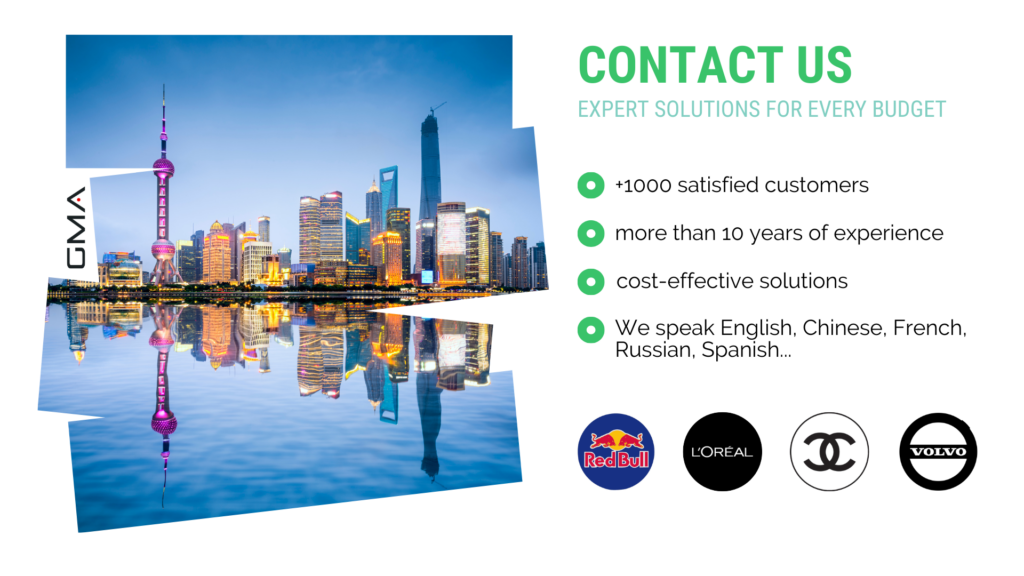
Contact us today to unlock the full potential of the Chinese luxury e-commerce market and achieve success in this exciting and dynamic industry.


